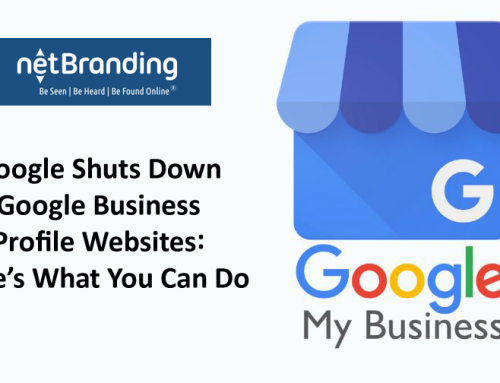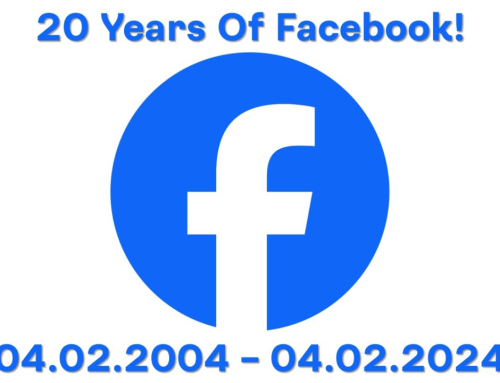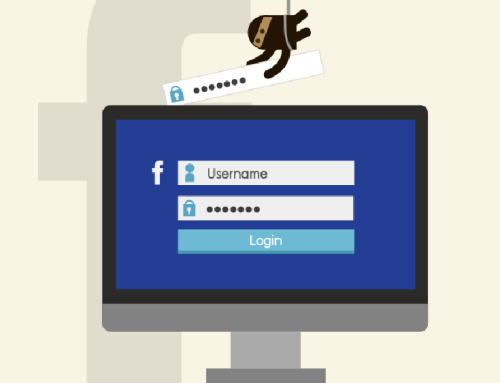Is Facebook Security Important? Do you or your business use social media accounts, such as Twitter, Facebook or LinkedIn?
Because your social media accounts may reach your clients directly, the last thing you want is for an unauthorized party to start posting things there.
Facebook Security and other Social Media Accounts. Online safety and security are among the biggest concerns for companies today. What can be done?
- Take steps to prevent your social media accounts from being compromised or hacked.
- Monitor employee access to your accounts and secure your account passwords.
- Our digital marketing team at Net Branding have put together a helpful list that you are able to implement. It is advisable to share these with your team to ensure that there is a company-wide element of awareness around these general social media security strategies.
Prevent hacking – 12 strategies to protect your social media accounts
These strategies are valid whether you are using social media for personal use or Facebook for business.
1. Social media and Facebook security starts with your password(s)
A strong password contains a mixture of lower case and capital letters, numbers and punctuation. Avoid using personal information such as birthdays, family or pet names, and especially something like 1234567 or the word ‘password’ or other common words.
Updating your passwords at least every six months will increase the level of protection on your accounts.
Use different passwords across different accounts. That way, if someone does get into your social media account, you’re not also handing them the keys to your online banking.
Ensure the email address you log in with also has a secure password. Having a bullet-proof password for your Facebook and other social media accounts is useless if the password for the associated email is the name of your cat.
2. Password protect both accounts and devices
Some people don’t want to be bothered with having to enter a pass code every time they log onto their device or into their social media account, but this is one of the best ways to protect yourself from hackers.
Be sure to have password protection on all your internet-enabled devices, especially if you share devices with others or regularly take them to public places, such as cafes and on public transport. Make use of the pass code setting that’s available on most phones, which is usually a set of numbers or a particular swipe pattern.
Accidentally leaving your device behind is bad enough, but then having someone else find and keep it, giving them unrestricted access to your personal info, including your social media accounts, is the start of a nightmare.
If you use public WiFi then be aware that hackers can even access your device from a distance. You can add an extra layer of protection by installing a free browser extension like ‘HTTPS Everywhere’ to switch most websites when browsing from HTTP (unsecured) to HTTPS (secured).
3. Install antivirus and security software
Having antivirus and security software on your mobile devices and computers is the best defense against viruses, malware and other online threats. Make sure that you download the latest software updates to keep up with current threats.
4. Cover your tracks when using public computers
If you use a public computer to post to social media – perhaps a public library, internet café or a friend’s computer – then you need to take certain steps to keep your accounts safe.
Use the ‘Browse privately’ option to access your social media accounts. Never click the ‘Save password or login information’ if prompted. Delete your browsing history. Always remember to log out of your social media accounts once you’re done using them.
5. Avoid suspicious links
An important factor in protecting your social media accounts and your online presence is knowing how to identify threats, especially through links in emails, tweets, posts and online advertising.
Hackers can gain access to your account through phishing scams or by tricking you into clicking on a link, which then downloads malware to your computer, giving the bad guys access to all your information.
Some of the red flags to look out for are things like shortened URLs, posts that don’t sound like your friend or colleague – especially when they’re asking you to click on a link to see something ‘amazing’ – and emails from friends that aren’t personally addressed to you or that aren’t signed with their name.
If something looks suspicious to you, even if you know the source, the safest option is simply to delete it.
A good tip is to avoid using your work email addresses for social media accounts. It’s far harder for someone to guess a secondary email than it is to find your main work email, which may actually be posted on your company’s contact page.
6. Check what you’re signing up for
When signing up for an app, think before you hit the ‘Accept’ button – and be sure to read what you’re agreeing to allow the app to do before you download. Does it want to know your location? Access your contacts? Post on your behalf? Might all sound harmless, but these are ways others can tap into your account and steal your information. It is always recommended to use app stores such as iTunes where pre-scanning and testing is used before apps become available to the general public.
7. Manage the privacy settings on your accounts
It’s essential that you learn about and use the privacy and security settings on all the social networks you use. These settings help you securely manage your online experience, and control who sees what you post from your account. Facebook Security, consider how many of your friends profiles have been comprimised.
8. Turn off location tracking
We’re constantly giving away our location information. Certain social platforms store and share this information, which can be very handy to people with not-so-nice intentions. Did you know that if you used your phone, with location tracking switched on, to take some pics at a mate’s party, and then posted those pics online, anyone who clicks on those pics can see where the house where you took those pics is located?
Certain apps recommend having location services enabled, but many don’t require it in order to work properly. Be sure to go to ‘Settings’ on your mobile device and turn off ‘Location’ for your device and all your apps that don’t need location to be active in order for them to work properly.
9. Use a 2-step verification system
In the case of certain social media platforms, you can establish a 2-step verification system when logging into your account. Security on Facebook provides you with this option. When you log into your account you first have to type in the right password and then enter a verification code that is sent to your mobile phone.
10. Get alerts to suspicious activity
You can install an intrusion detection app, such as ‘LogDog’. This app acts like a 24-hour-a-day watchdog, checking for suspicious activity and unauthorized access to your online accounts, and sending an alert to your phone so you can take back control of compromised accounts.
11. Use a password manager
The passwords to your social media account(s) are what stand between you and the bad guys. If your social media accounts get hacked, the reputation of your business may be harmed. Be sure to create strong passwords and modify them often.
A tool like 1Password will make it easier to protect your passwords, and it stores them in an encrypted ‘vault’. It will automatically create long, hack-proof passwords for all your accounts – then all you have to do is remember one main password. When you plug in that password, 1Password will automatically log you into your social media accounts. Pretty much impossible for hackers to figure out and virtually impossible for you to forget.
12. Control access to your social media accounts
The more people who have access to your company’s social media accounts, the greater the risk. All it takes is one employee leaving their password out, and your entire account can be compromised. This is why you should not give out actual login credentials to employees. Using a social media management tool like Hootsuite can help you avoid this. In this way, you give employees access to the social media account without having them know the actual password for the account.
In summary, to protect your Facebook security and social media accounts, remember these basic rules:
- Password protect your accounts and your devices
- Install antivirus and security software
- Be careful when using public computers
- Be alert to phishing attempts and similar scams
- Check the apps that you’re downloading
- Manage your privacy settings
- Turn of location tracking
- Use a 2-step verification system
- Get alerts on suspicious activity
- Use a password manager
 “TIP from Cathy Mellett”: A new message. It is an email showing an invoice for $42 for an app “I bought”. The sender has kindly provided me with a click here to cancel the order link. Supposedly, this is to cancel the order on my itunes account. Be aware, before clicking on links. Is this an email you were expecting, is there something that you have knowingly done online to precede receiving generation of such a communication. If in doubt, do not proceed and move the email or communication to spam.
“TIP from Cathy Mellett”: A new message. It is an email showing an invoice for $42 for an app “I bought”. The sender has kindly provided me with a click here to cancel the order link. Supposedly, this is to cancel the order on my itunes account. Be aware, before clicking on links. Is this an email you were expecting, is there something that you have knowingly done online to precede receiving generation of such a communication. If in doubt, do not proceed and move the email or communication to spam.
Other Digital Marketing articles that may interest you …
See out Net Branding article on Steps to prevent Website Hacking or WordPress Hacked – What to do?






